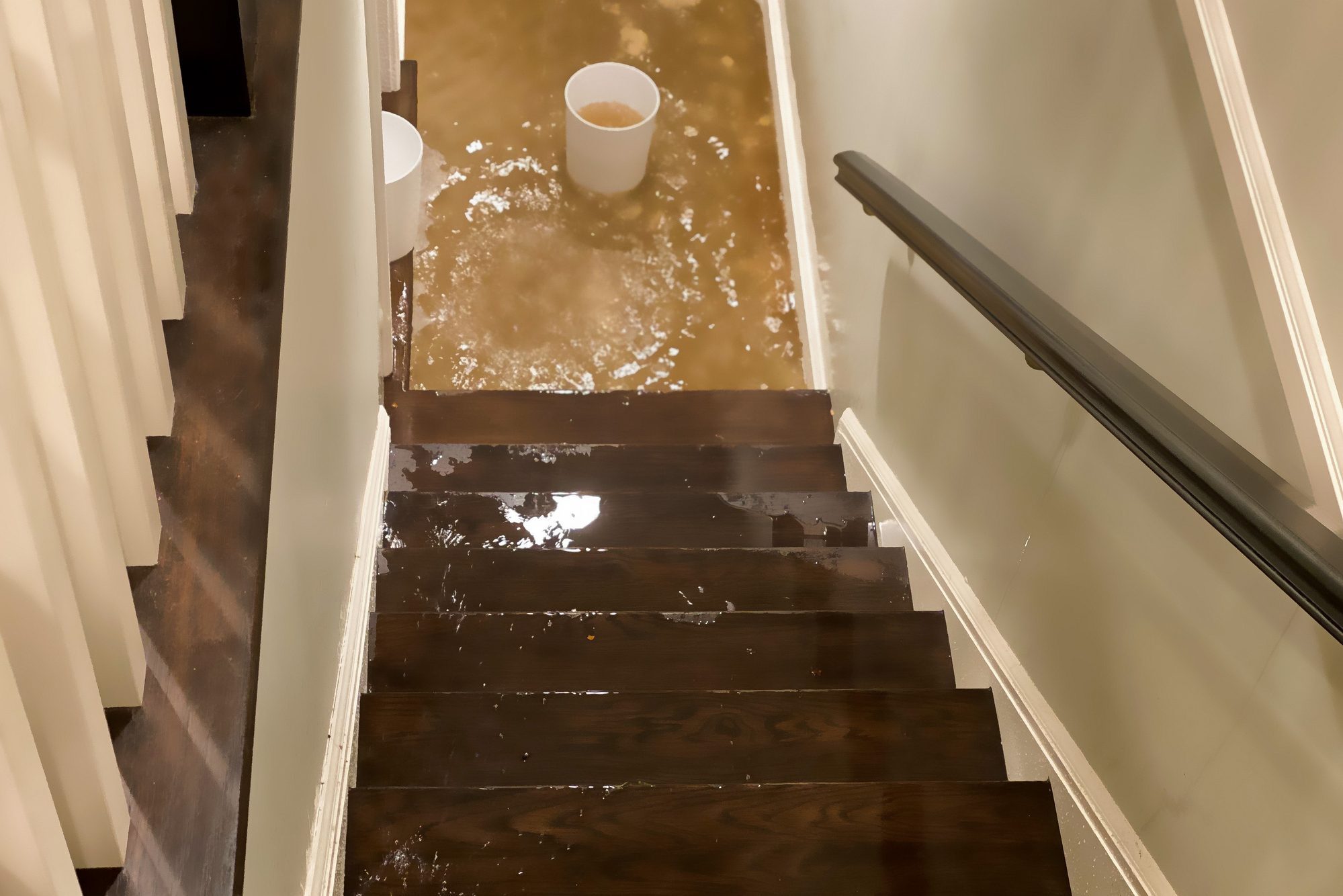If heavy rain frequently turns your basement into a quagmire, try one or several of these methods to fix the problem.

8 Home Improvements That Will Help Prevent Flooding

We knew buying our house in a competitive seller’s market meant making some compromises. So when the corner of our basement flooded after the first heavy rainfall, we weren’t caught off guard. Luckily, the solution was simple.In order to prevent our basement from flooding during heavy rain, we installed a new gutter system.
While certain areas are more prone to flooding than others, the Federal Emergency Management Agency (FEMA) states all regions in the United States are susceptible to flooding. There are many reasons why a basement may flood after heavy rainfall, and almost all are preventable with the right measures in place. Read on to learn how to prevent your basement from flooding during heavy rain.
On This Page
Install a Gutter System
If your home doesn’t already have gutters, this is the logical place to start. A complete gutter system will collect all the rainwater landing on your roof and direct it away from your home.
Without gutters, this rainwater will saturate the ground around the foundation. Eventually it will find its way into the basement and damage the foundation.
Clean Existing Gutter System
A gutter system filled with leaves and debris can’t function properly. So make regular gutter cleanings a part of your routine home maintenance.
You could clean your gutters yourself or hire a pro. While DIY will be cheaper, weigh that against the safety precautions you must take while working on a ladder.
If there are lots of leaf-shedding trees around your home, consider adding leaf guards to your gutters. Leaf guard screens fit over your existing gutters and allow rainwater to filter in.
Extend Gutter Downspouts
Inspect where water seeps into your basement. If it’s near your gutter downspouts, they may need to be longer. Install extension pieces on any downspouts that don’t send water far enough away from your home. Extensions should be at least five feet, and maybe longer depending on the slope of your property.
Slope Yard Away From House
Not every drop of rainfall will make it into your gutter system. Rain falling around your home can pool up around the foundation and enter your basement. If your yard slopes toward your house, that will worsen the problem.
The ground around your home should slope away so rainwater drains naturally. In most cases, the slope can be adjusted in a simple weekend project. You’ll need shovels, a tamping tool, compactable fill and gravel to create the slope.
Maintain Landscaping Near House
As beautiful as trees and shrubs may look framing your home, they could be the cause of your flooded basement. Their roots can crack basement walls and create channels for water to seep inside.
Regularly trim the branches of trees or shrubs near your basement. If a particular plant is overgrown or requires lots of maintenance to stay contained, consider moving it to another area on your property.
Install a French Drain
If you’re still experiencing basement flooding despite a gutter system and proper grading, consider installing a French drain. This is a perforated drainage pipe buried beneath a layer of gravel.
Instead of pooling near your your, rainwater will permeate the ground and enter the French drain. The pipe then carries the water to a nearby ditch or dry well. Installing a French drain can be another weekend DIY project, or contact a local landscaping contractor to take on the task.
Seal Basement Walls and Floors
Water can enter even the smallest of openings. Whether that’s a crack in the wall, a hole in the floor, a gap in weather stripping or a missing strip of caulk, if the opening is there, water will find it.
Seal up any openings that could allow water inside. Replace worn weather stripping, re-caulk around windows and doors and repair cracks with epoxy resins. If that task feels overwhelming or you’re not sure where to start, a specialty basement waterproofing company can give you recommendations.
Install a Sump Pump
If your basement is still flooding even after numerous water mitigation methods, installing a sump pump could be your saving grace. A sump pump will draw out water before it floods your basement and send it to a nearby drainage system.
Sump pumps are typically installed in a pit beneath the basement floor. Experienced DIYers can install their own, but most people will need to pull a building permit and hire a pro.




















